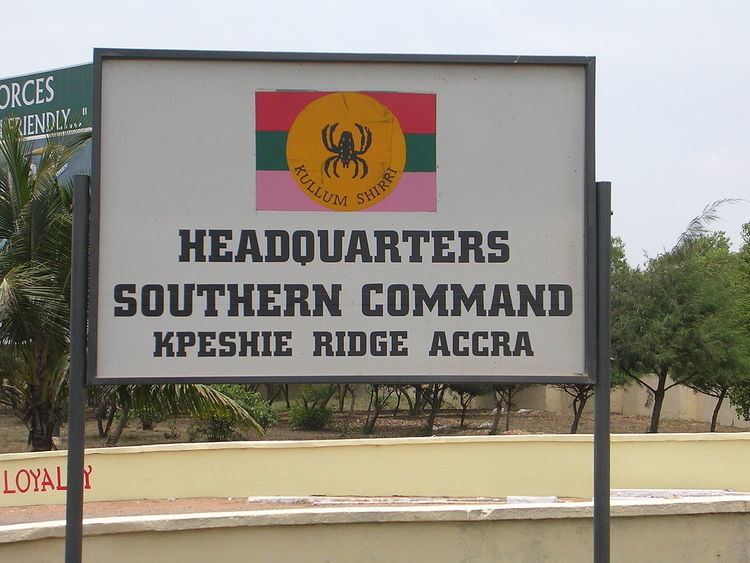Official languages English | Lingua franca English | |
 | ||
Regional languages Government-sponsored languages: Akuapem Twi, Asante Twi, Ewe, Dagaare, Dagbani, Dangme, Ga, Gonja, Kasem, Mfantse, Nzema Sign languages Ghanaian Sign Language(American Sign Language)Adamorobe Sign LanguageNanabin Sign Language | ||
Ghana is a multilingual country in which about eighty languages are spoken. Of these, English, which was inherited from the colonial era, is the official language and lingua franca. Of the languages indigenous to Ghana, Akan is the most widely spoken.
Contents
- Government sponsored languages
- Twi
- Ewe
- Dagbani
- Dangme
- Ga
- Nzemaa
- Kasem
- Gonja
- Language classification
- References
Ghana has more than seventy ethnic groups, each with its own distinct language. However, languages that belong to the same ethnic group are usually mutually intelligible. The Dagbanli and Mampelle languages of Northern Region for instance, are mutually intelligible with the Frafra and Waali languages of the Upper East Region of Ghana. These four languages are of Mole-Dagbani ethnicity. Eleven languages have the status of government-sponsored languages: four Akan ethnic languages (Akuapem Twi, Asante Twi, Mfantse and Nzema) and two Mole-Dagbani ethnic languages (Dagaare and Dagbanli). The rest are Ewe, Dangme, Ga, Gonja, and Kasem.
Government-sponsored languages
There are nine government-sponsored languages. They are supported by the Bureau of Ghana Languages, which was established in 1951 and publishes materials in them. During the periods when Ghanaian languages were used in primary education, these were the languages which were used. All eleven(11) languages belong to the Niger–Congo language family, though to several different branches.
Twi
As part of the Kwa branch of the Niger–Congo family, the Akan languages appear in a diverse number of dialects. With regard to official status however, only three (3) are recognised; Asante Twi, Fante and Akuapem Twi. It is the most-widely spoken language in Ghana.
Ewe
Ewe is a Gbe language, part of the Volta–Niger branch of the Niger–Congo family. The Ewe Language is spoken in Ghana, Togo and Benin with a trace of the language in West Nigeria.
Dagbani
Dagbani is one of the Gur languages. It belongs to the larger Mole-Dagbani ethnic group found in Ghana and Burkina Faso. It is spoken by Dagombas in the Northern Region of Ghana.
Dangme
Dangme is one of the Ga–Dangme languages within the Kwa branch. It is spoken in Greater Accra, in south-east Ghana and Togo.
Dagaare is another of the Gur languages. It is spoken in the Upper West Region of Ghana. It is also spoken in Burkina Faso.
Ga
Ga is the other Ga–Dangme language within the Kwa branch. Ga is spoken in south-eastern Ghana, in and around the capital Accra. It also is the oldest Ghanaian language.
Nzemaa
Nzema is one of the Bia languages, closely related to Akan. It is spoken by the Nzema people in the Western Region of Ghana. It is also spoken in the Ivory Coast.
Kasem
Kasem is a Gurunsi language, in the Gur branch. It is spoken in the Upper Eastern Region of Ghana. It is also spoken in Burkina Faso.
Gonja
Gonja is one of the Guang languages, part of the Tano languages within the Kwa branch along with Akan and Bia. It is spoken in the Northern Region of Ghana and Wa.
Language classification
The languages of Ghana belong to the following branches within the Niger–Congo language family. Older classifications group them as Kwa, Gur, and Mande:
